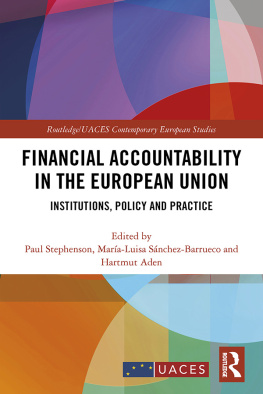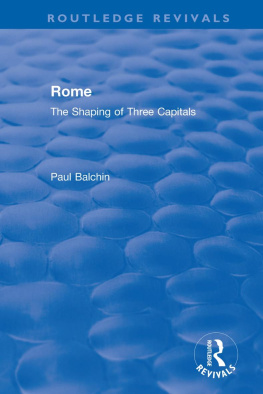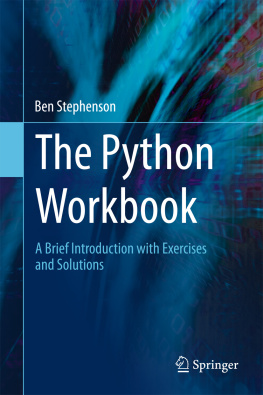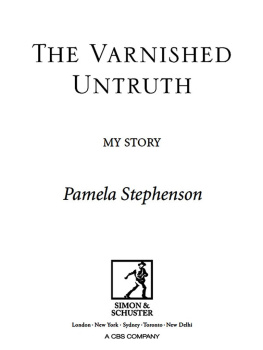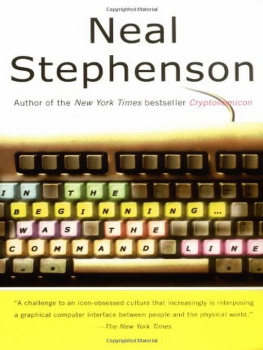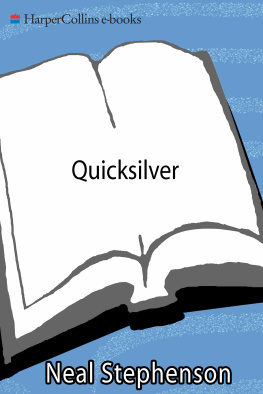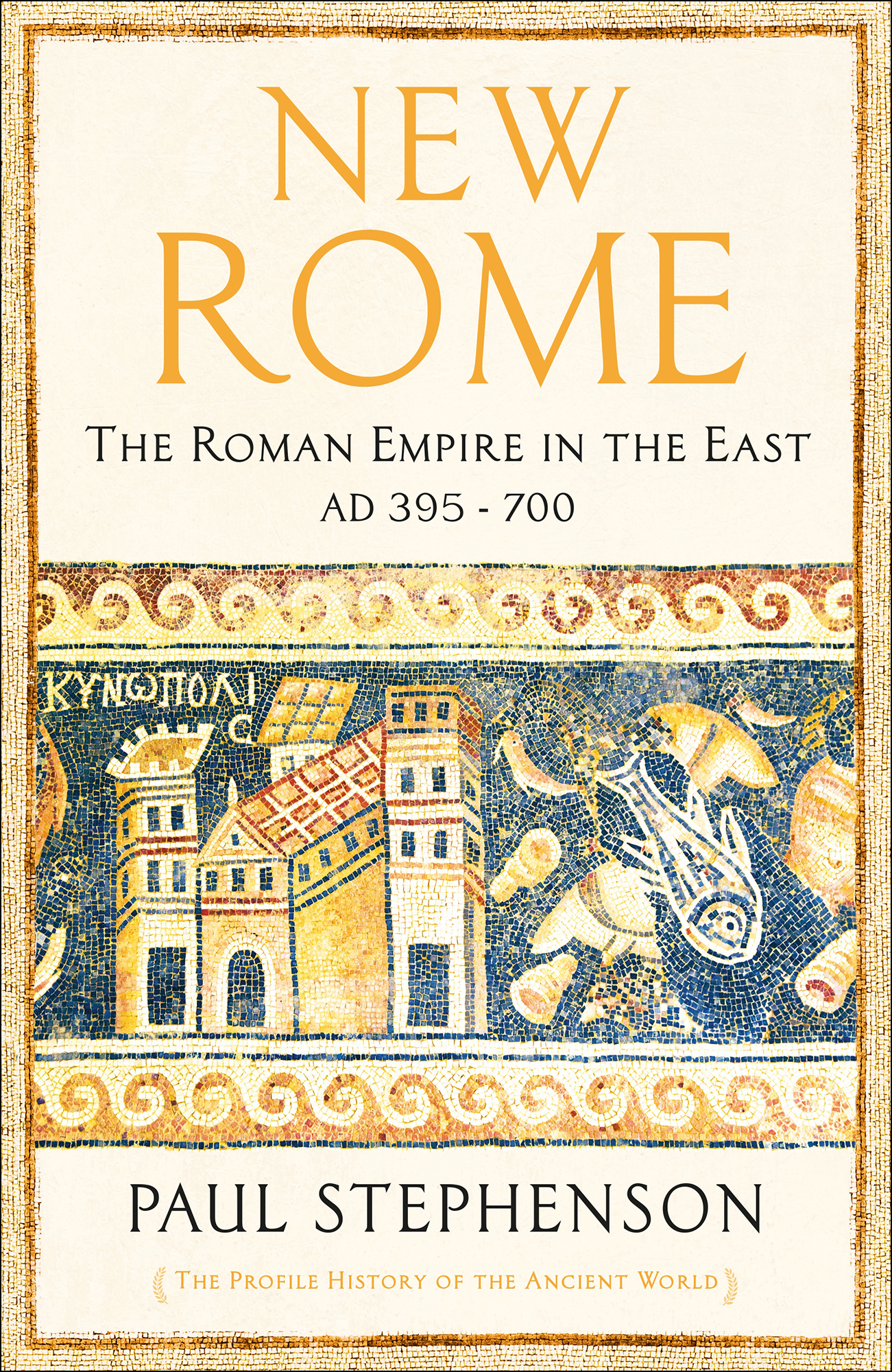N EW R OME
PAUL STEPHENSON IS THE AUTHOR OR EDITOR OF TEN BOOKS, INCLUDING:
Constantine: Unconquered Emperor, Christian Victor
The Byzantine World
The Serpent Column
ALSO AVAILABLE IN THE PROFILE HISTORY OF THE ANCIENT WORLD SERIES
The Rise of Rome: From the Iron Age to the Punic Wars (1000264 BC )
KATHRYN LOMAS
Age of Conquests: The Greek World from
Alexander to Hadrian (336 BCAD 138)
ANGELOS CHANIOTIS
The Origin of Empire: Rome from the Republic to Hadrian (264 BCAD 138)
DAVID POTTER
Imperial Triumph: The Roman World from Hadrian to Constantine ( AD 138363)
MICHAEL KULIKOWSKI
Imperial Tragedy: From Constantines Empire to the Destruction of Roman Italy ( AD 363568)
MICHAEL KULIKOWSKI
N EW R OME
T HE R OMAN E MPIRE IN THE E AST, AD 395700
PAUL STEPHENSON

First published in Great Britain in 2021 by
PROFILE BOOKS LTD
29 Cloth Fair
London EC1A 7JQ
www.profilebooks.com
Copyright Paul Stephenson, 2021
1 3 5 7 9 10 8 6 4 2
Typeset in Garamond by MacGuru Ltd
The moral right of the author has been asserted.
All rights reserved. Without limiting the rights under copyright reserved above, no part of this publication may be reproduced, stored or introduced into a retrieval system, or transmitted, in any form or by any means (electronic, mechanical, photocopying, recording or otherwise), without the prior written permission of both the copyright owner and the publisher of this book.
All reasonable efforts have been made to obtain copyright permissions where required. Any omissions and errors of attribution are unintentional and will, if notified in writing to the publisher, be corrected in future printings.
A CIP catalogue record for this book is available from the British Library.
ISBN 978 1 78125 007 5
eISBN 978 1 84765 844 9
ACKNOWLEDGEMENTS

It has been my intention since this book was commissioned in 2011, by the late John Davey, to distinguish this work from many others in the field by integrating the latest research in a wide range of disciplines generally neglected by textual historians, notably that presenting and interpreting scientific data. To that end, the vast majority of notes that accompany the text relate to research published since 2011. That is also a reflection of the fact that I began work in earnest on the book rather later than planned, after the publication of two other works in 2016. I am grateful to Louisa Dunnigan, who stepped into Johns shoes, to the copy editor Susanne Hillen, and to the teams at Profile and Harvard University Press, for their patience, for vastly improving the text, and for allowing me to keep the extensive notes, which were not part of the original remit for the book. The two anonymous readers commissioned by HUP were quick, generous with their attention to detail, and incredibly helpful in their commentary. I am also grateful to Michael Kulikowski for suggesting that I participate in this series, to which he has contributed two volumes in less time than I have taken to finish one. Michael also generously allowed me to have several of the maps he commissioned for Imperial Tragedy redrawn for this book.
In the time since the book was commissioned, I have benefited from the support of a number of institutions and the help and example of many colleagues. I single out only a few. I thank Olivier Hekster at Radboud University, Nijmegen, for his kindness and for teaching me much about Rome as we taught others together. I thank Anthony Kaldellis and Averil Cameron, who have not always agreed with each other in print, but who have both seen value in my contributions and have offered unwavering support. I thank Jonathan Shepard for introducing me to this world thirty years ago and for remaining a guide and friend. These scholars have written many letters on my behalf that have secured me support, access to libraries, and time to write.
As I completed the book, I also began new projects that have been generously supported by a Seeger fellowship at Princeton University, a Mellon fellowship at the Metropolitan Museum of Art, and the role of visiting scholar at Dumbarton Oaks. I thank Dimitri Gondicas, Director of the Seeger Center for Hellenic Studies at Princeton; Griffith Mann, Curator in Charge of the Department of Medieval Art and The Cloisters at the Met; and Tom Cummins, Director of Dumbarton Oaks. I am especially grateful to John Haldon at Princeton and Helen Evans at the Met, who offered support and guidance. I dedicate the book to my wife, who encouraged me to enjoy those fellowships, and my daughter and son, who tolerated my absences and have endured the process of watching me write when there are far better things to do outside.
MAPS

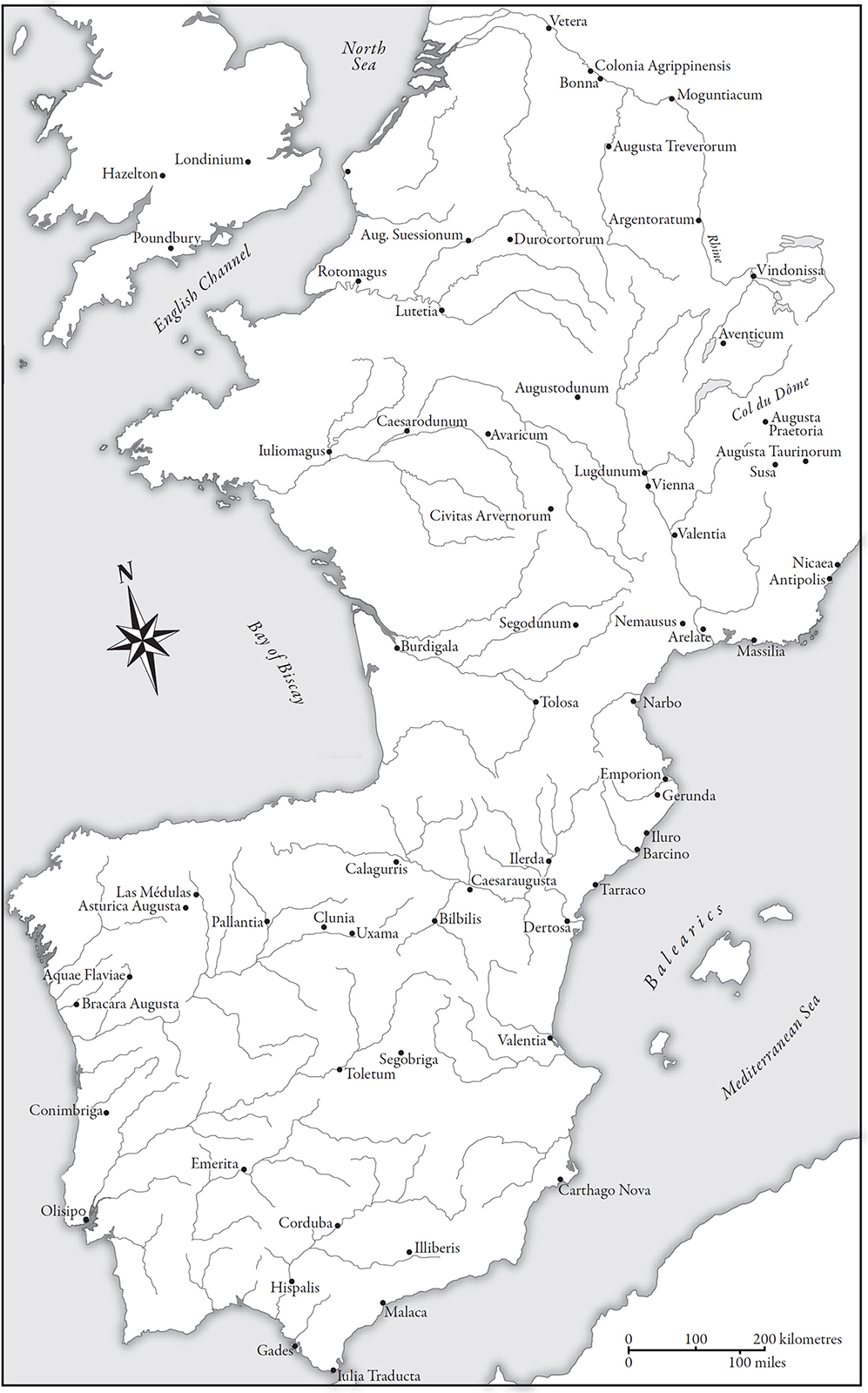
Map 1: Britain, Gaul and Spain

Map 2: The Roman Empire, c. AD 400
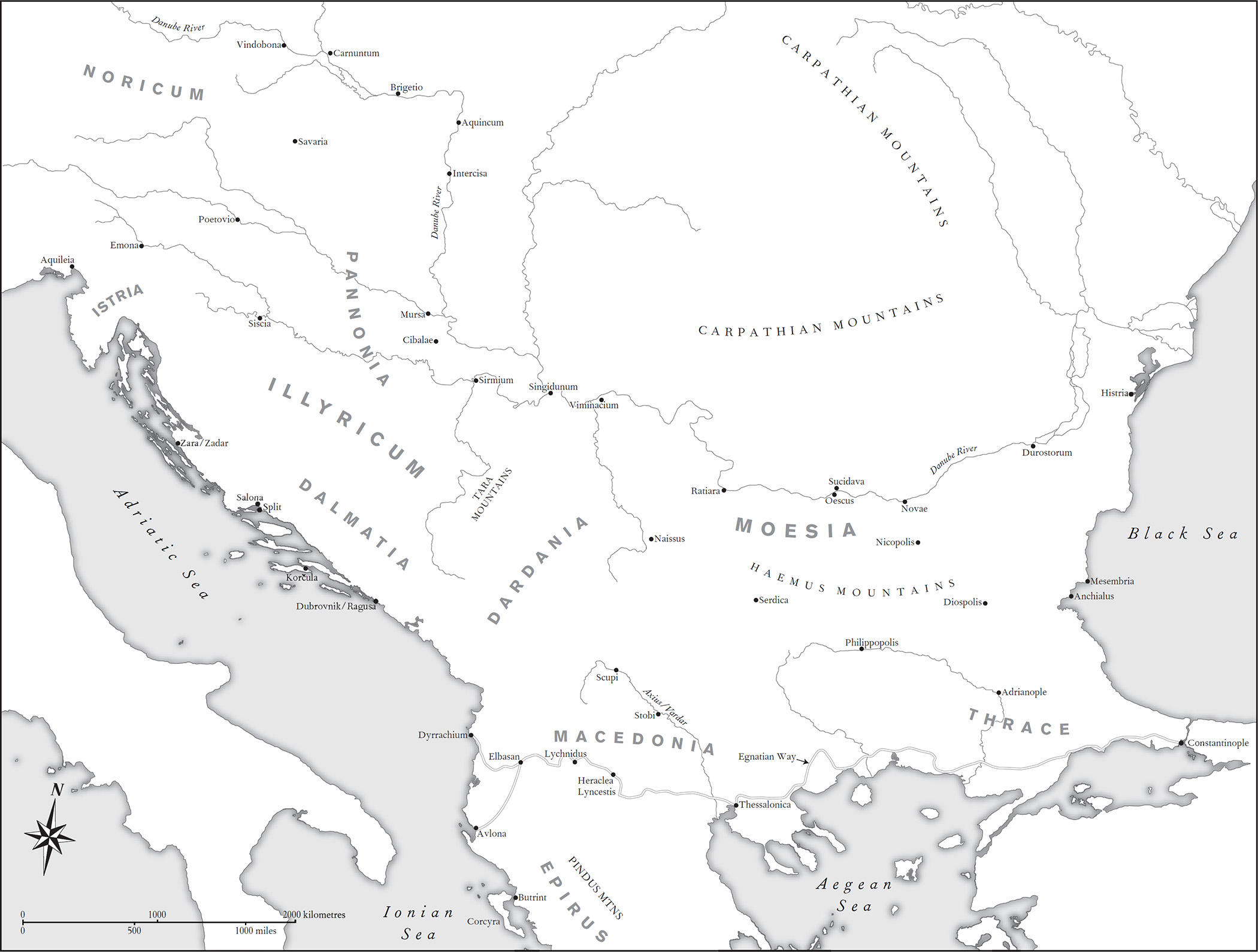
Map 3: The Northern Balkans
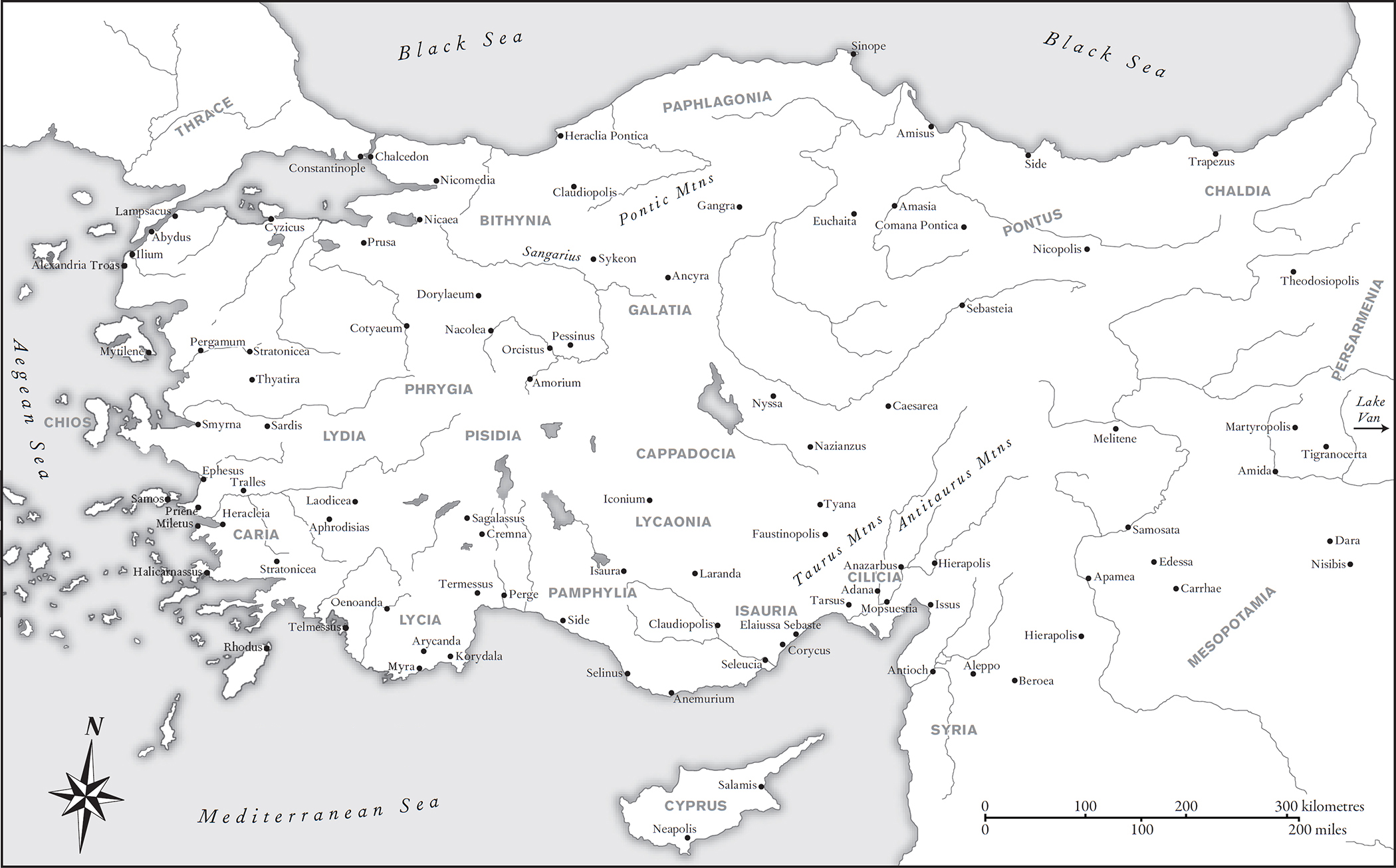
Map 4: Asia Minor

Map 5: Syria, with plan of Antioch
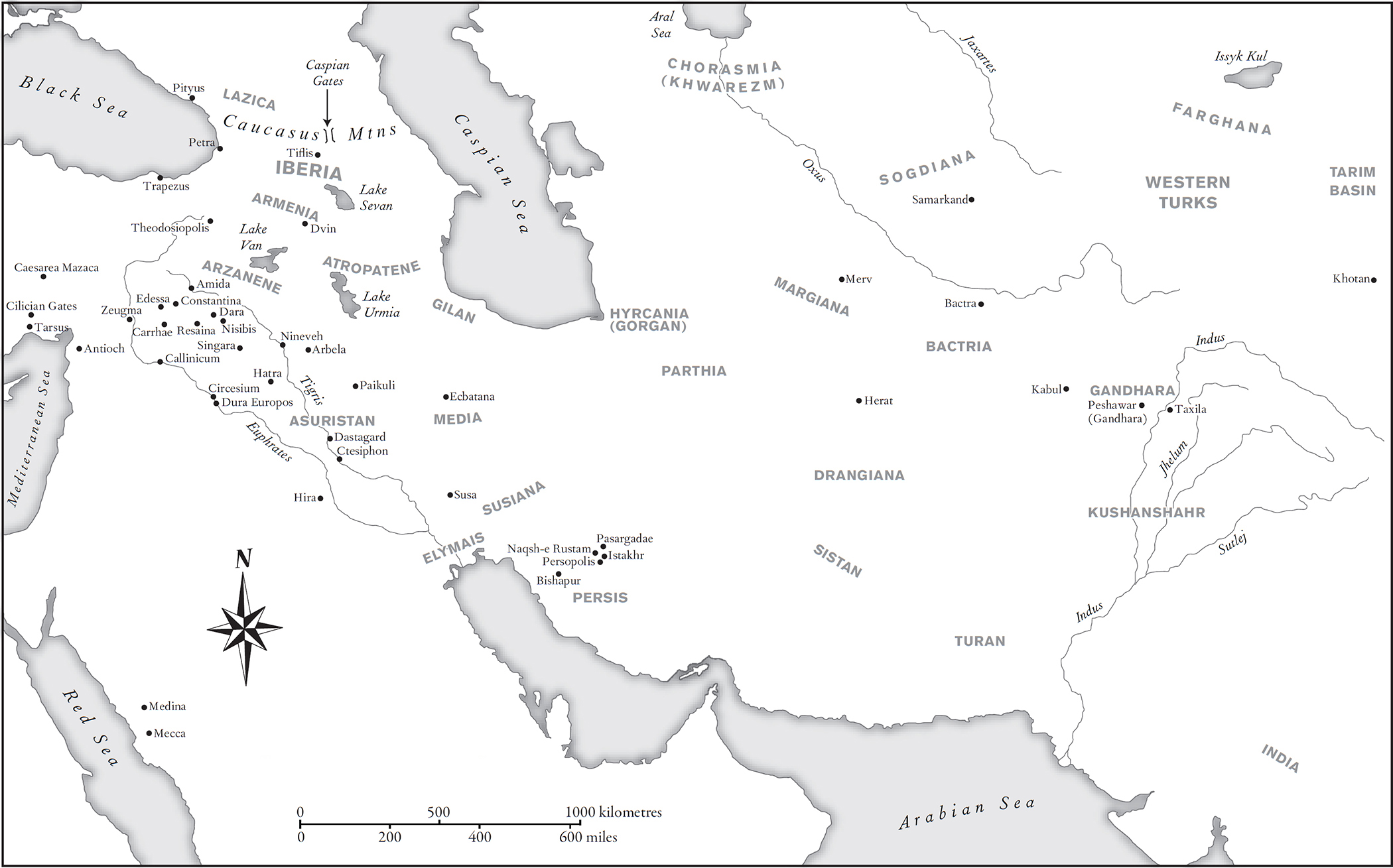
Map 6: The Persian Empire
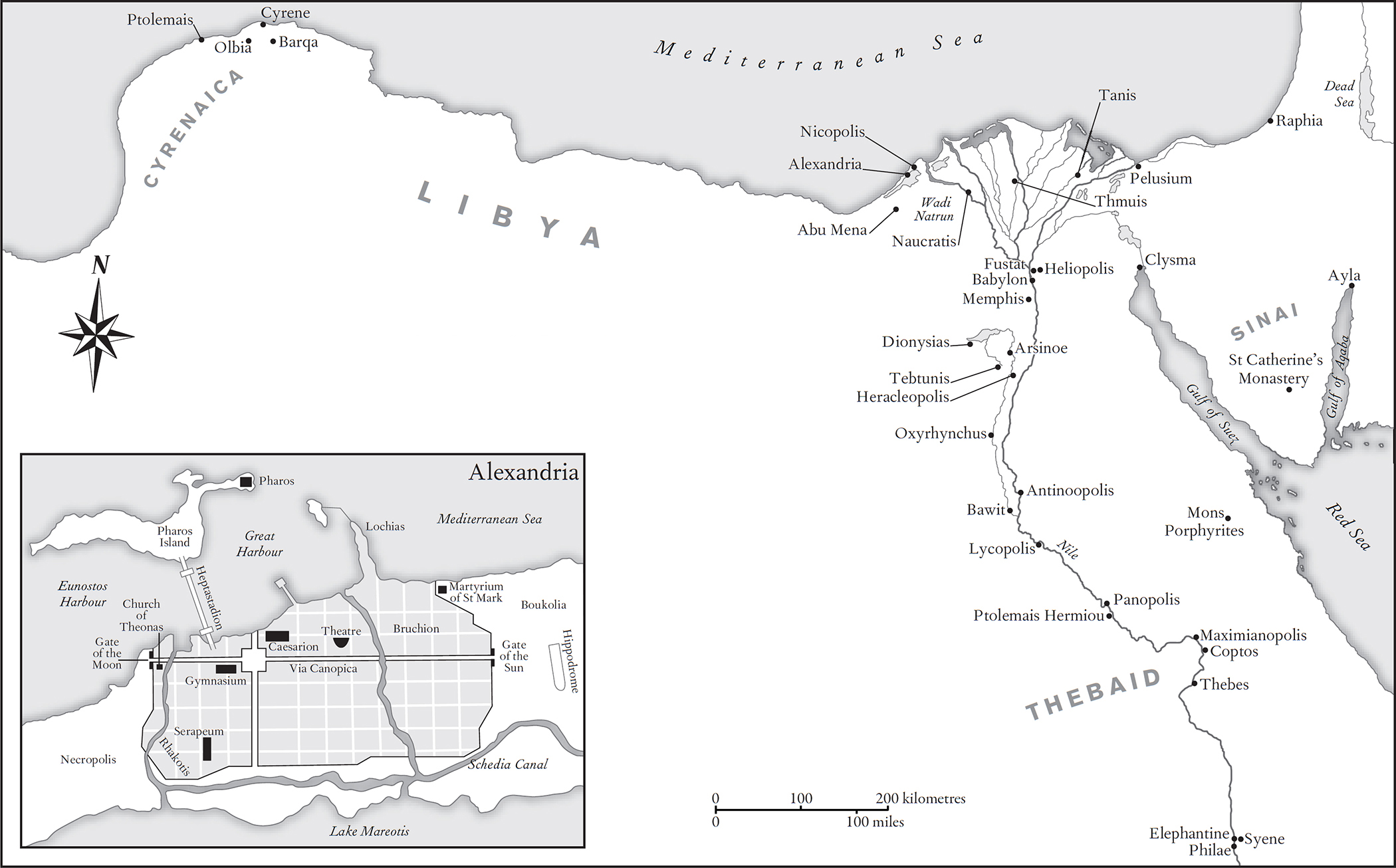
Map 7: Egypt, with plan of Alexandria
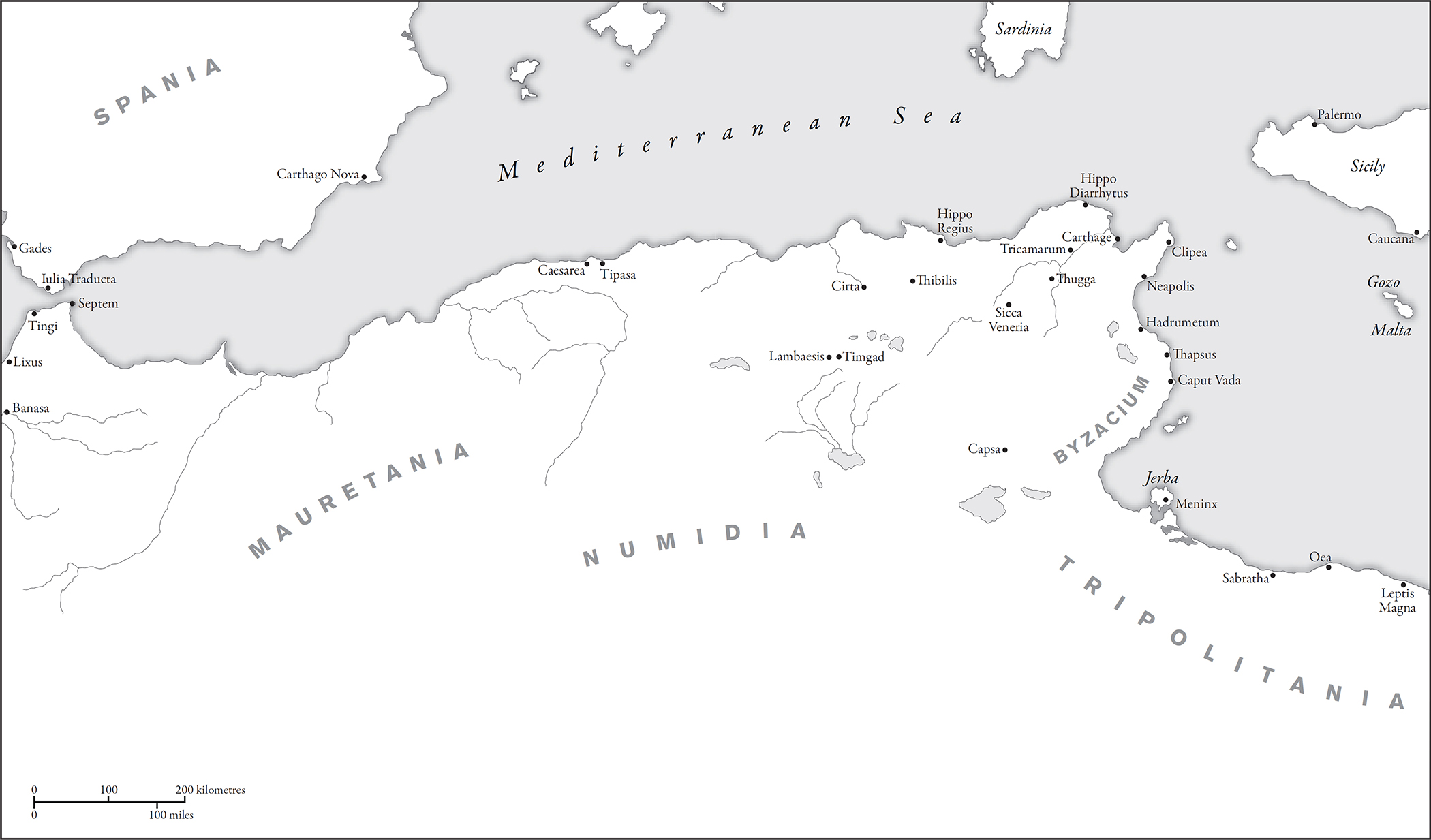
Map 8: North Africa
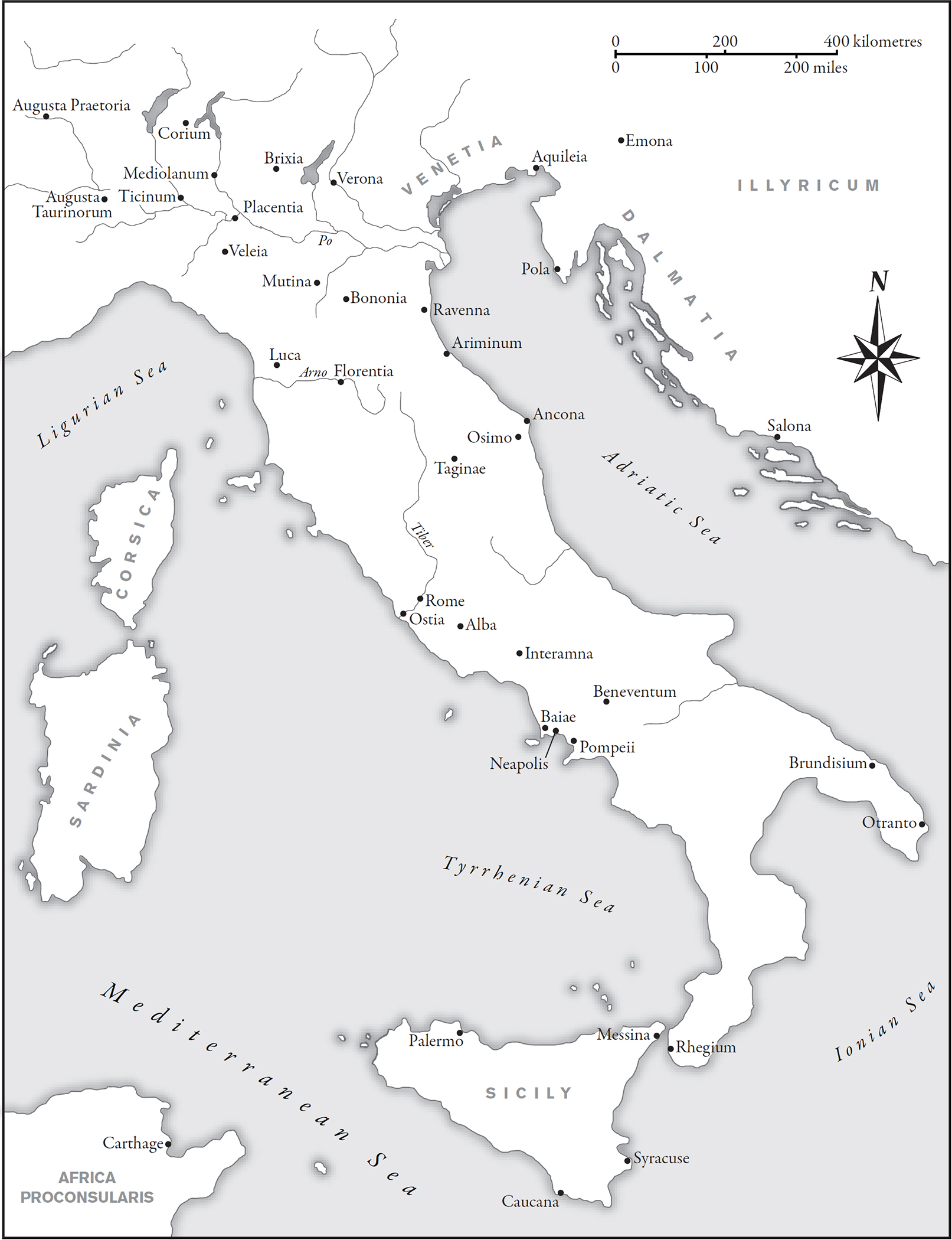
Map 9: Italy
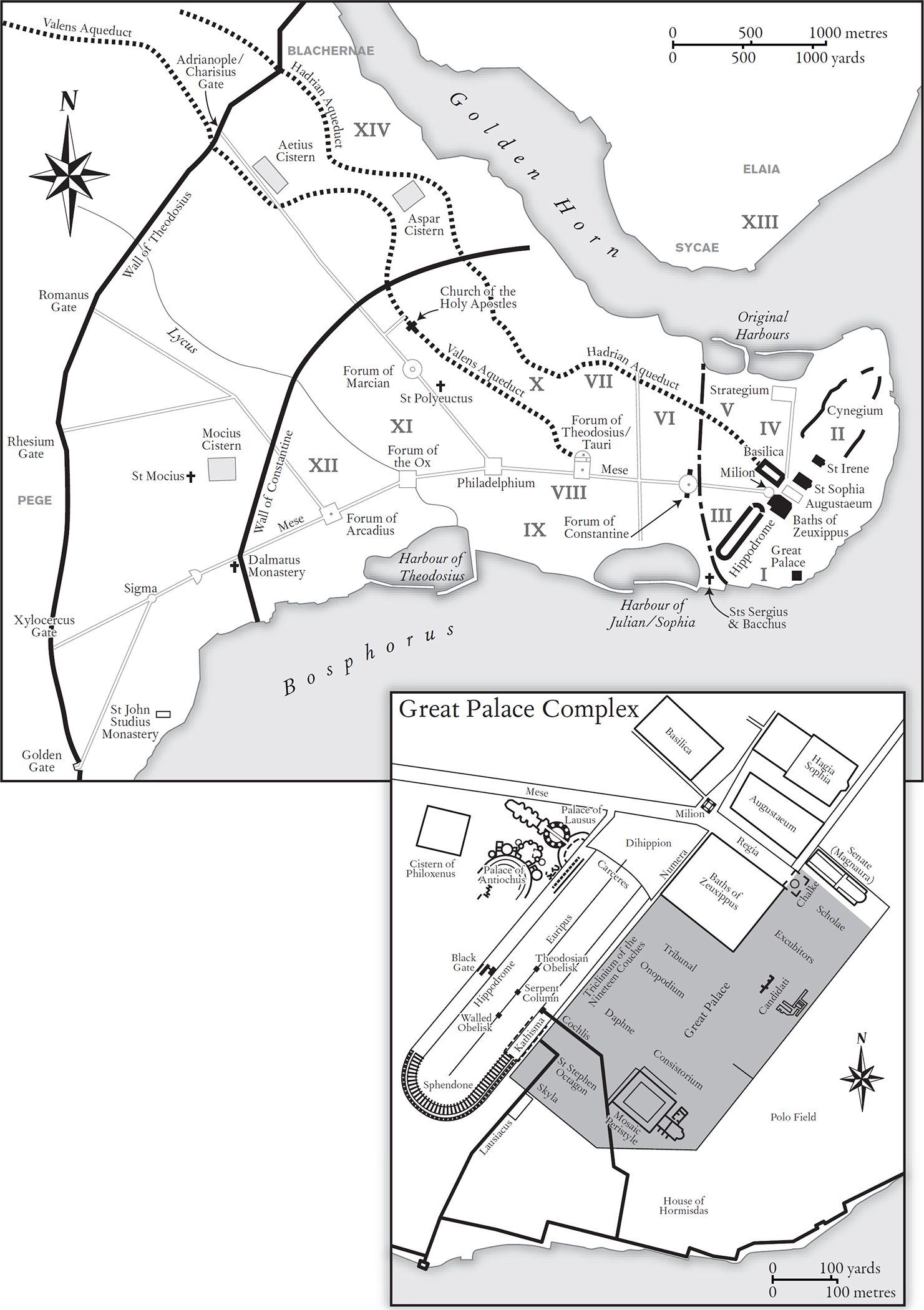
Map 10: The city of Constantinople, with detail of the Great Palace complex
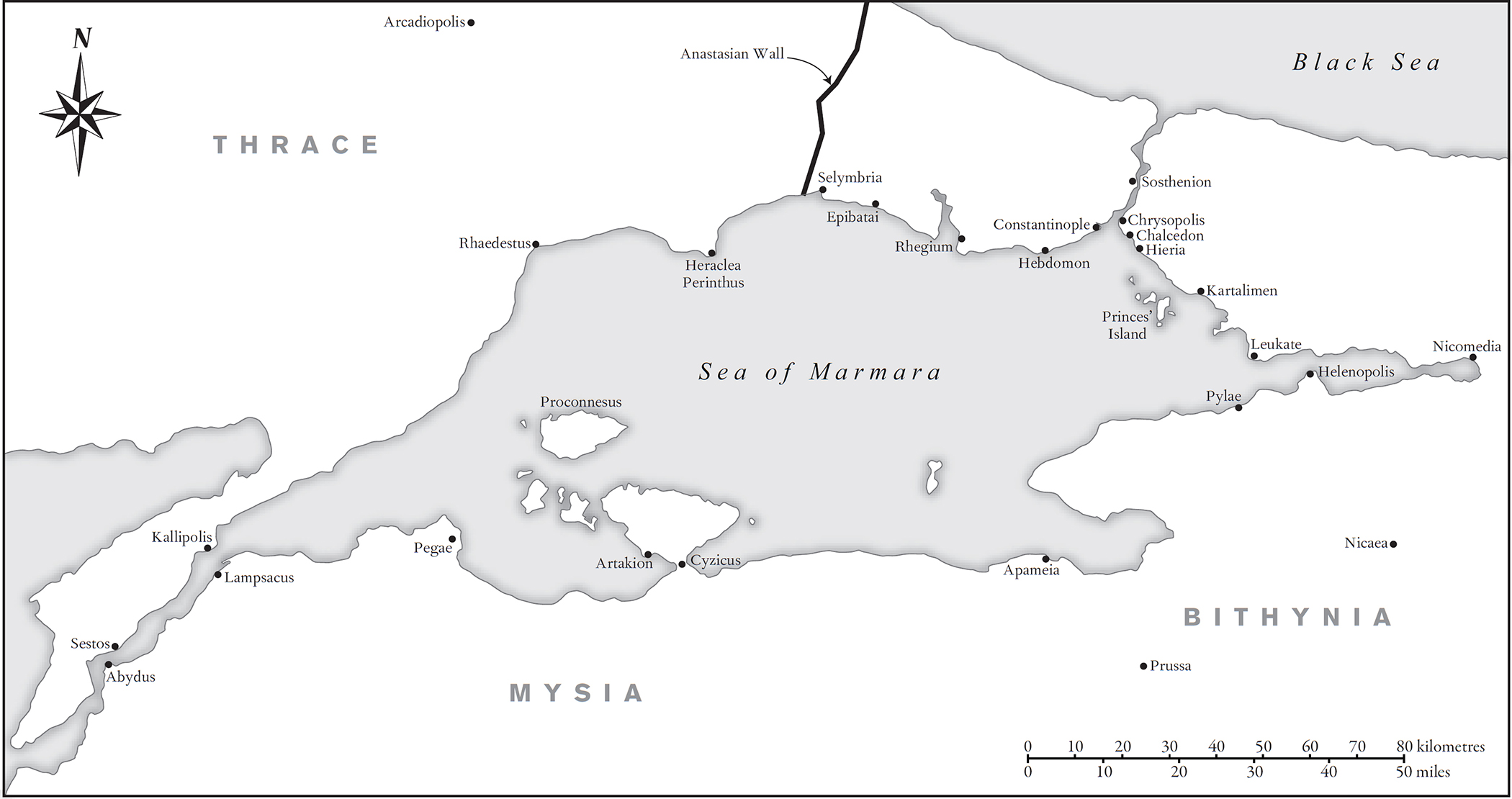
Map 11: Constantinople and its hinterland


